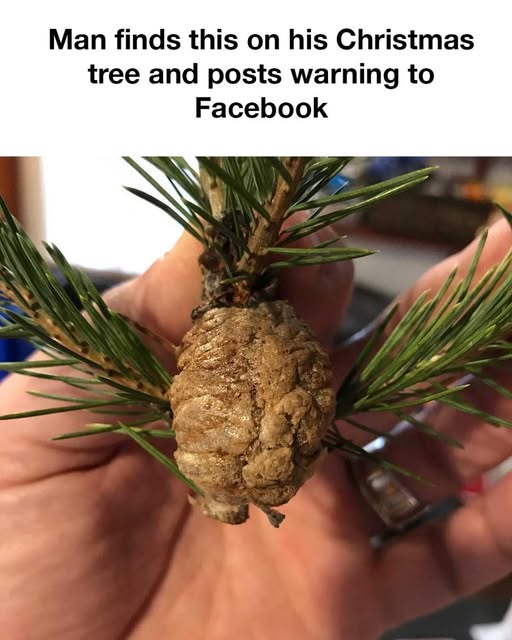ADVERTISEMENT

didn’t realize this was possible!
Praying mantis egg cases, known as oothecae, are protective structures that house the eggs of this fascinating insect. These cases are typically brown, foam-like, and can contain dozens to hundreds of eggs. The ootheca provides a safe environment for the eggs to develop over the winter months, with the young mantises emerging in the spring when temperatures rise.
How Praying Mantis Eggs End Up in Christmas Trees
Christmas trees, often sourced from outdoor tree farms, provide a natural habitat for various wildlife, including praying mantises. During the late summer and fall, female mantises lay their eggs on tree branches. When these trees are harvested and sold as Christmas trees, the egg cases can inadvertently be brought into homes, hidden among the branches.
Potential Risks and Benefits of Having Praying Mantis Eggs Indoors
While the idea of having hundreds of tiny mantises hatching in your living room might be unsettling, praying mantises are generally harmless to humans and pets. In fact, they are beneficial insects, known for their role in controlling pest populations. However, an indoor hatching could lead to a messy situation, as the young mantises will disperse in search of food.
Steps to Safely Handle and Remove Praying Mantis Eggs
If you find a praying mantis egg case on your Christmas tree, it’s important to handle it carefully. The best course of action is to gently remove the branch with the egg case and place it outside in a sheltered garden area or attach it to another tree. This ensures the eggs can hatch naturally in the spring, contributing to the local ecosystem.